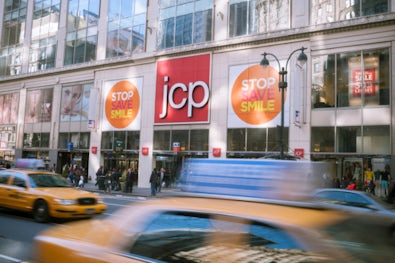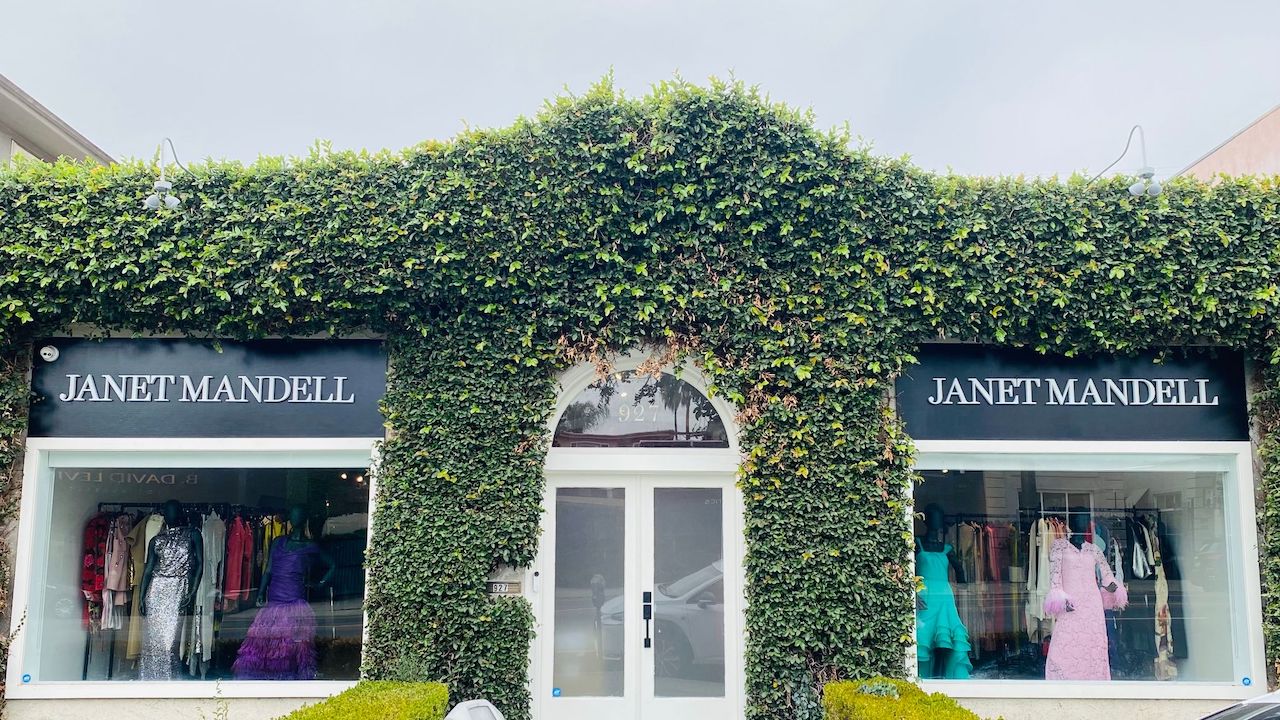Will This Time Be Different for Neiman Marcus and J.C. Penney? | BoF Professional, The Week Ahead
THE CHEAT SHEET
Bankruptcy Court’s Newest Graduates

J.C. Penney | Source: Shutterstock
- A judge has given Neiman Marcus the all-clear to exit bankruptcy later this month
- J.C. Penney agreed last week to be acquired by mall operators Simon Property Group and Brookfield Property Partners
- Century 21 said last week it would file for bankruptcy and close all stores, while Lord & Taylor has announced it will liquidate
Two of 2020’s biggest retail bankruptcies may wrap up this week. Neiman Marcus will emerge from the process having shed $4 billion in debt, while J.C. Penney is now owned by two of its biggest landlords. It’s good news for the companies and their thousands of employees, particularly at J.C. Penney, which narrowly avoided following Lord & Taylor into liquidation. It’s bad news for Macy’s, Kohl’s, Saks and other department stores, which would have seen an influx of customers had their closest rivals been forced to close most or all of their stores. Neiman Marcus and J.C. Penney operate in different markets, but face the same problem of justifying to increasingly skeptical consumers why they need to make the trip to their local department store.
The Bottom Line: The trend of malls owning their most troubled tenants is the latest chapter in a story many expected to be wrapped up by now. It’s been conventional wisdom for a decade that there are too many stores competing for the attention of American shoppers, but there’s too much money sunk into brands and the malls that house them for investors, landlords and creditors to pull the plug.
Fashion Week’s Make-or-Break Moments
- New York Fashion Week runs Sept. 13-16; London Fashion Week runs Sept. 17-22
- In New York, Jason Wu is one of only a handful of designers planning to show before an audience
- The UK government recently restricted most events to six people as new Covid-19 cases surge; runway shows and presentations are expected to move ahead
Fashion month has begun. Industry dreams of returning in force to the runway have run into the reality of the pandemic, with only a handful of designers staging any sort of physical presentation in New York, and London’s more-robust roster of shows limited by new rules capping gatherings at half a dozen attendees. (Brands may be able to get away with slightly bigger crowds if they meet government safety requirements.) The number of American editors and buyers traveling to Europe, and vice versa, is expected to be low.
Still, with wholesale retail in disarray and consumers spending far less on luxury fashion, brands need to find some way to connect with buyers and editors, and fast. This is a more pressing concern for the smaller labels that dominate the New York and London schedules; Prada may have had to adjust its fashion week format, but Miuccia and Raf won’t have any trouble generating interest for their first collection together.
The Bottom Line: Smaller brands that hope to survive this period are pinning their hopes on digital marketing to reach consumers and relatively untested digital platforms to reach buyers and editors. We’ll soon learn whether these strategies worked.
Fast Fashion’s Slow Recovery

The owners of both Zara and H&M will give sales updates this week. | Source: Matthew Horwood/Getty Images
- Zara owner Inditex will report quarterly results this week, and Hennes & Mauritz will give a sales update on Sept. 15
- Both companies reported steep sales drops in the second quarter, though in both cases results were not as bad as analysts expected
- In June, Inditex said it would close 1,200 stores worldwide as it invests more in e-commerce
The pandemic has acted as an accelerant for the long-term trends reshaping the fashion industry, and many brands find themselves ill-equipped to handle a reality they thought would take years or even decades longer to arrive. Fast fashion’s giants have had an easy time adjusting to the shift from officewear to loungewear; after all, they are set up to chase trends the moment they surface on Instagram. The owners of Zara and H&M said earlier in the pandemic they were confident that sales would quickly rebound. This week, we’ll see if they were right.
Zara and H&M were also in the middle of digital pivots before Covid-19 touched off an e-commerce boom, though the jury was still out on whether those efforts were bearing fruit. Inditex’s announcement that it would close 1,200 stores was an indication that the company expects a permanent shift in consumer behaviour.
The Bottom Line: Watch for whether these companies address the resale market, which has gotten a big boost during the pandemic. (Hennes & Mauritz’s Cos brand launched resale earlier this month.) Though still small, sites that make it easy for consumers to buy and sell used clothes play a similar role in allowing budget-conscious shoppers to keep their closets fresh.
SUNDAY READING
Professional Exclusives You May Have Missed:
The Week Ahead wants to hear from you! Send tips, suggestions, complaints and compliments to [email protected].
Was this BoF Professional email forwarded to you? Join BoF Professional to get access to the exclusive insight and analysis that keeps you ahead of the competition. Subscribe to BoF Professional here.




